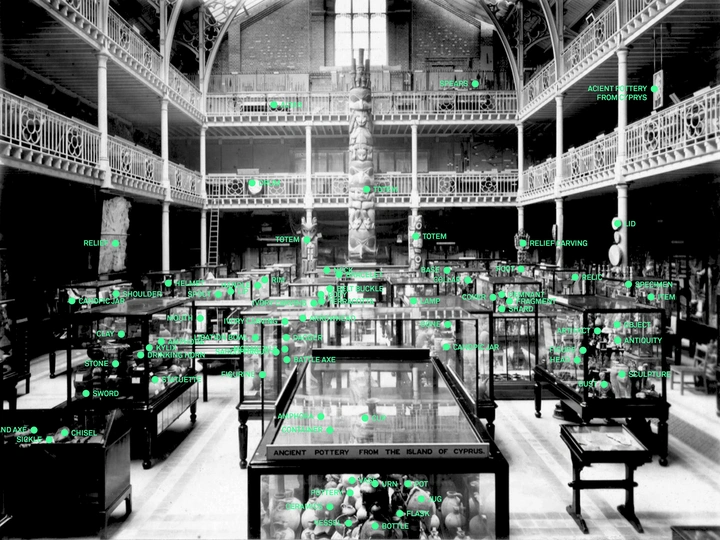An Architecture of Counter-Grammar

Andre Nabil Bahremand
We are a Copenhagen-based collective that blends architectural craft, critical research, and narrative imagination to turn complex issues into immersive spatial experiences. From exhibitions on colonial legacies to civic installations addressing climate justice, we convert data and debate into environments that engage intellect and emotion, echoing LINA’s call for spatial practices that confront power and planetary urgency.
Andre Bahremand is an Iranian-Australian curator, exhibition designer, and practicing architect. Educated in Melbourne, he refined his narrative-driven approach at MVRDV (Rotterdam) and OMA/AMO (New York), contributing to adaptive-reuse and cultural projects across Europe and the United States. Now based in Copenhagen, Andre focuses on exhibition-making that bridges AI, museology, and architecture; he has designed multiple exhibitions in New York for independent galleries, translating complex research into engaging public environments. He brings a curatorial mindset, experience steering multidisciplinary teams, and a commitment to making critical ideas legible through clear spatial strategy.
Jonas Swienty Andresen is an architect, artist, researcher, and educator at the Royal Danish Academy. Trained at The Bartlett School of Architecture, his work explores how poetic narrative and emerging technologies can deepen our relationship with place. Jonas has realised building-integrated artworks throughout Denmark, lectured and exhibited across Europe, and received multiple working grants from the Danish Arts Foundation. His projects blend material craft with digital experimentation to create immersive, environmentally attuned spaces.
Roles
Andre leads curatorial framing, AI methodology, and exhibition design, ensuring the project speaks to institutional realities while pushing spatial imagination.
Jonas directs computational modelling, narrative scripting, and public pedagogy, translating data into tactile, emotionally resonant environments.
“In 2022, I [Andre] visited the American Museum of Natural History, where I encountered objects from my Iranian heritage displayed beside taxidermy and fossils. My culture, living and contemporary, was framed as natural history: misclassified, dehumanized, and spatially aligned with relics and animals.”
This encounter revealed the inherent violence of display, enacted through an unspoken grammar of space: vitrines, zoning, sequencing, and typologies that sort the world into 'art' and 'ethnography,' 'modern' and 'primitive.' These same grammars render landscapes as 'resources,’ reinforcing extractive logics that underpin the climate crisis.
This project asks: how can spatial and classificatory design support a more democratic institutional imagination—one of dialogue, not monologue? It begins with archival research and interviews across European museums to document colonial display grammars and instances of misclassification.
Using open-source AI tools, we then reorganize museum metadata through natural language processing and clustering, surfacing alternative, relational constellations of meaning and identify the colonial spatial grammars. These insights form the basis for two outcomes:
(a) The Relational Atlas, a work of critical cartography—visualizing hidden patterns of kinship and influence, and offering institutions a replicable toolkit to rethink classification across other structural biases such as gender, class, or diaspora.
(b) The Museum of Misclassification, a public installation that applies colonial taxonomies to familiar European objects. It uses humor and spatial design to expose the absurdity of classification and invites visitors to re-tag objects and imagine new grammars of space.
Scalable and adaptable, this work is intended as a tool for rethinking institutional knowledge systems.